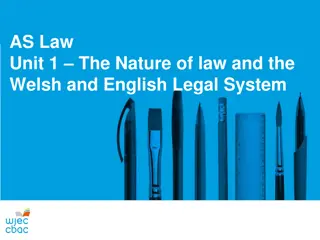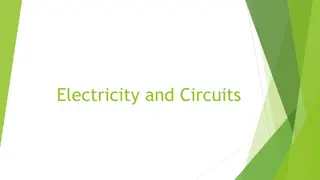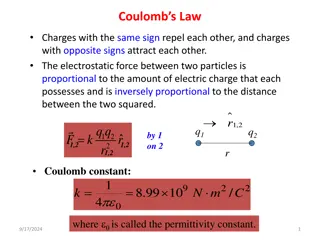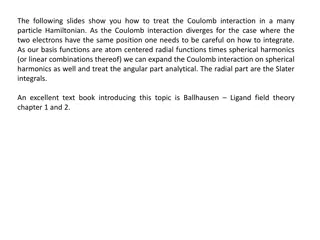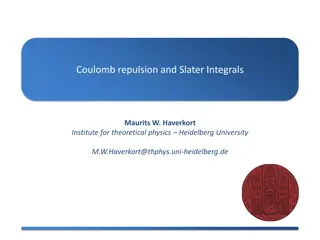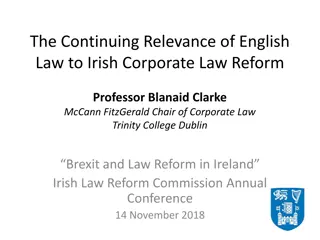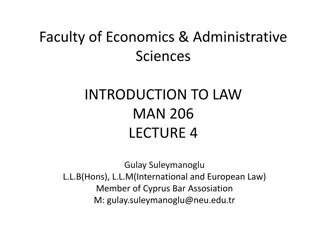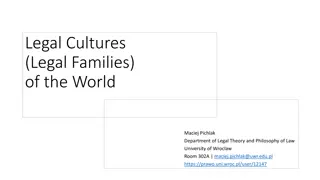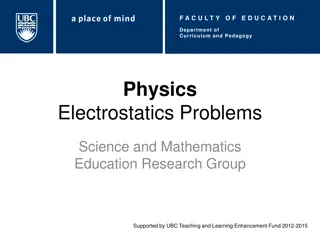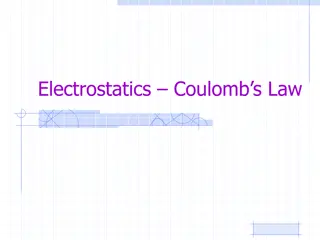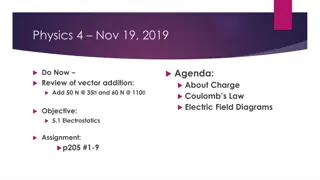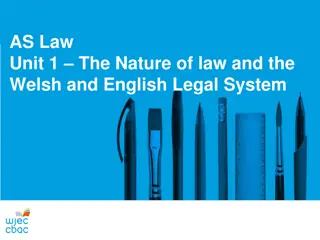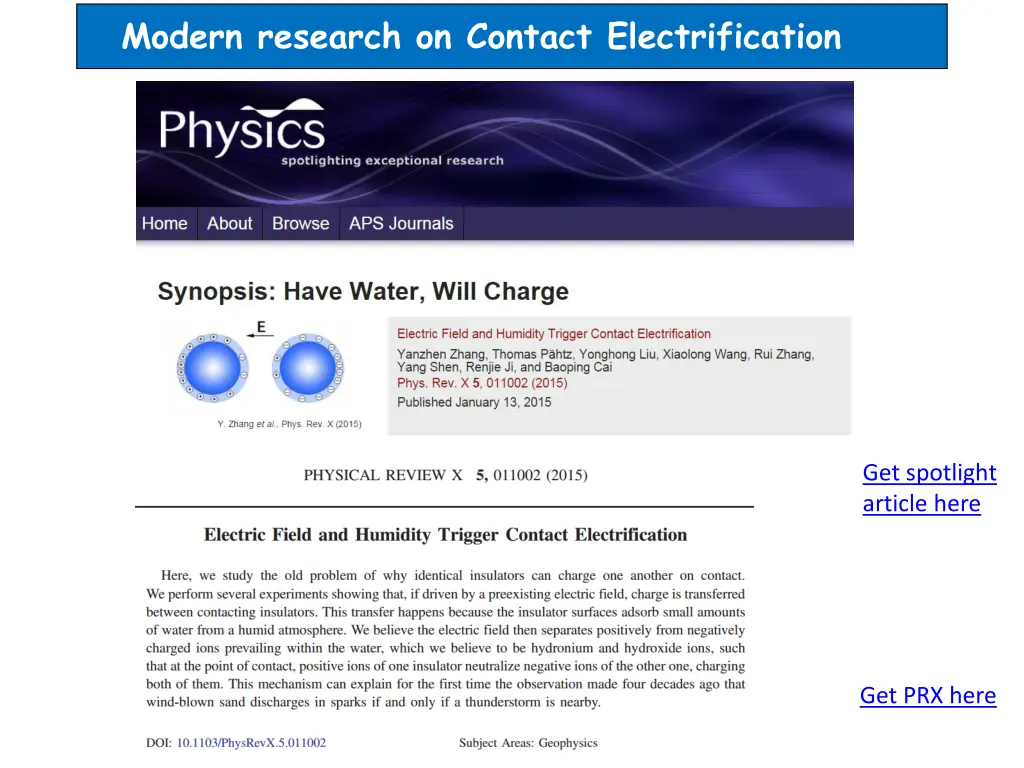
Electricity & Gravitation Similarity Revealed
Explore the similarities between Coulomb's force in electricity and gravitational force, understanding the fundamental principles behind the interactions of charges and masses. Delve into the experiments by Charles Coulomb and the significance of Coulomb's law in modern research on contact electrification. Discover the implications of the fundamental constants and their role in defining the forces in the diverse realm of physics.
Download Presentation

Please find below an Image/Link to download the presentation.
The content on the website is provided AS IS for your information and personal use only. It may not be sold, licensed, or shared on other websites without obtaining consent from the author. If you encounter any issues during the download, it is possible that the publisher has removed the file from their server.
You are allowed to download the files provided on this website for personal or commercial use, subject to the condition that they are used lawfully. All files are the property of their respective owners.
The content on the website is provided AS IS for your information and personal use only. It may not be sold, licensed, or shared on other websites without obtaining consent from the author.
E N D
Presentation Transcript
Modern research on Contact Electrification Get spotlight article here Get PRX here
Coulombs law Experiments by Charles Coulomb with a torsion balance reveal = = F F q 21 12 1 F F q 21 12 2 1 r = F F Charles Coulomb (1738-1806) 21 12 2 In words: The magnitude of the electric force between two point charges is directly proportional to the product of the charges and inversely proportional to the square of the distance between them. http://www.youtube.com/watch?v=FYSTGX-F1GM
The experimentally established proportionalities summarized in one compact expression Magnitude of the forces that each of the two point charge distance r apart exerts on the other = = F F q 21 12 1 F F q q q 21 12 2 1 r 1 r 2 F = k = F F 21 12 2 2 In SI units the constant k is expressed as 1 How did the SI units end up with such a complicated k? Why not k=1? = k 4 Answer (for details click here): Electric current, I=Q/t , defined via Amperes force law. With Q=I t unit of charge is defined (As). Once unit of Q defined one has to adapt k for consistency. 0 With the vacuum permittivity 854 . 8 = 12 2 2 10 / C Nm 0 1C=1Coulomb is the unit of charge Since the modern definition of the unit of charge originates from current measurement we use today As instead of C e 10 602 . 1 = 19 19 . 1 = 602 10 C As Charge of an electron: This is a value of a constant you want to memorize
A few remarks about the Coulomb force 1C=1As is a huge amount of charge we typically do not encounter Typical values are in the range C to nC Clicker question To see why let s spend some time on this clicker question: Suppose there are two point charges of 1C each separated by 1m What is the magnitude of the forces between them? A) 2 X 1012 N B) 9 X 109 N C) 30 N D) 5000 N
Obvious similarity between Coulomb force and gravitational force m m q q Fgravity= 1 r 2 G FCoulomb= 1 r 2 k 2 2 We see later more clearly: Similar structure not by chance Charge: source of electric field Mass: source of gravitational field Significant differences: Charges can be positive and negative there is no negative mass Coulomb forces can be attractive and repulsive Gravity only attractive Gravity is extremely weak (typically 35 orders of magnitude weaker) in comparison with Coulomb force



